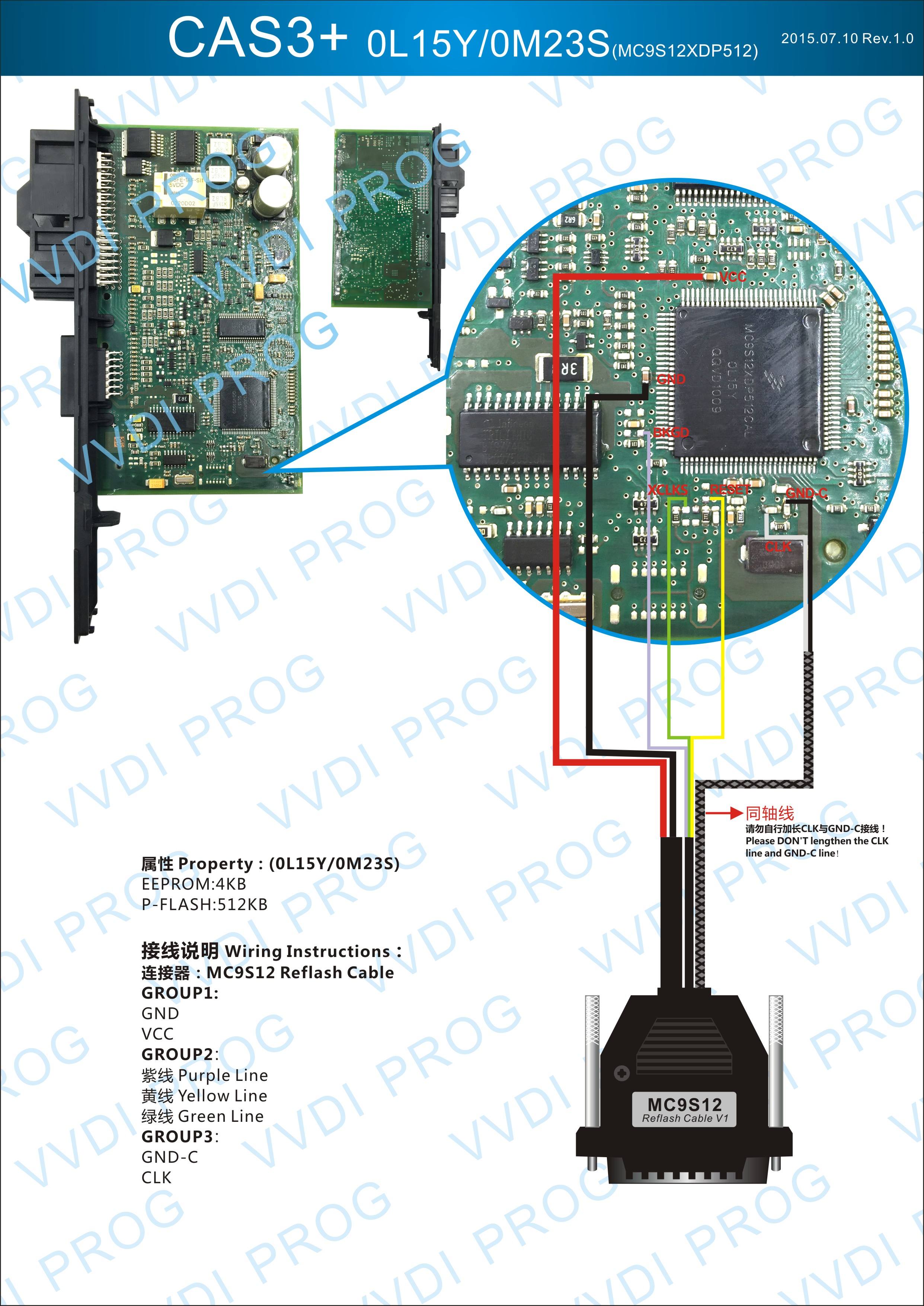

When a device is plugged into a port on a running personal computer system, it is either entirely automatically configured using existing device drivers, or the system prompts the user to locate a driver which is then installed and configured automatically.įor hardware manufacturers and software developers, the USB standard eliminates the requirement to develop proprietary interfaces to new peripherals. Installation of a device relying on the USB standard requires minimal operator action. Because use of the USB logos is only permitted after compliance testing, the user can have confidence that a USB device will work as expected without extensive interaction with settings and configuration the USB interface defines protocols for recovery from common errors, improving reliability over previous interfaces. Small devices can be powered directly from the USB interface, displacing extra power supply cables. The USB interface is "hot pluggable", meaning devices can be exchanged without rebooting the host computer.
#Vag 106 download full
USB takes full advantage of the additional processing power that can be economically put into peripheral devices so that they can manage themselves USB devices often do not have user-adjustable interface settings. USB connectors are standardized at the host, so any peripheral can use any available socket. The USB interface is self-configuring, so the user need not adjust settings on the device and interface for speed or data format, or configure interrupts, input/output addresses, or direct memory access channels.
#Vag 106 download serial
The Universal Serial Bus was developed to simplify and improve the interface between personal computers and peripheral devices, when compared with previously existing standard or ad-hoc proprietary interfaces.įrom the computer user's perspective, the USB interface improved ease of use in several ways.

Released in 1996, the USB standard is currently maintained by the USB Implementers Forum (USB IF). USB connectors have replaced other types for battery chargers of portable devices. It has largely replaced interfaces such as serial ports and parallel ports, and has become commonplace on a wide range of devices. USB was designed to standardize the connection of computer peripherals (including keyboards, pointing devices, digital cameras, printers, portable media players, disk drives and network adapters) to personal computers, both to communicate and to supply electric power. USB, short for Universal Serial Bus, is an industry standard that was developed to define cables, connectors and protocols for connection, communication, and power supply between personal computers and their peripheral devices.


 0 kommentar(er)
0 kommentar(er)
